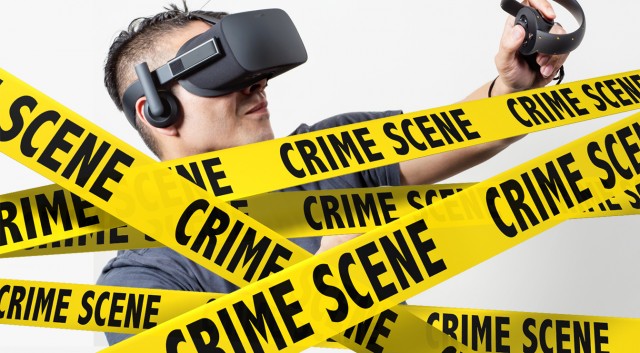[Ed Note : The following post has been authored by guest contributor Davor Gasparevic. As Davor puts it, he is a writing virtuoso with several years of experience across a wide range of online industries, and has established himself as a crucial contributor for several online businesses and startups.] At first glance, the convergence of Virtual Reality…
Category: Virtual Reality
Reconstructing a Crime Scene: Virtual Reality in Courtrooms
Virtual Reality is the latest buzz in the technological sphere, especially with the arrival of VR devices like headsets from giants like Facebook (Oculus Rift), Sony (PlayStation VR) and HTC (Vive). It is a relatively old concept (Aspen Movie Map was the first example, created by MIT in 1978) but with advancement in contemporary technologies,…
